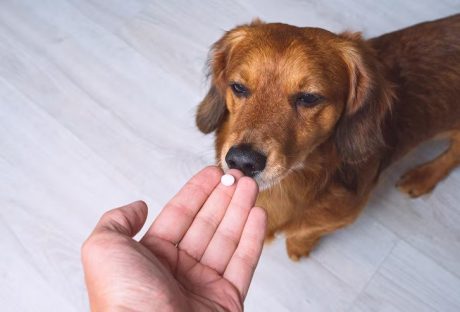Having a furry companion like a cat is no less than having a true friend. Protective, loyal, and always happy to be with you, cats provide a wellness boost. Also, they are cute, innocent, fluffy, affectionate, and what’s not to love them.
But, as much as we adore these furry balls, there are certain things that are quite challenging and kitty smell being at the top. There will be a little bit of odor that comes along, no matter what brand of food you feed her; and, even if you get accustomed to that smell, not everyone visiting your home loves it.
Further, keeping your house fresh and pets smelling pleasant is all about maintaining the balance between pet grooming and your house cleaning schedule. Here are some pro tips that can make your house sparkling white and house odor-free:
7 Pro Tips to Keep Your House Odor-Free From Cat’s Smell:
1. Cat’s Litter Box – The Placement and Cleanliness:
The only thing that will keep litter smells at bay is their right placement and regular cleaning of the litter box. This means, removing the clumps if you use clumping litter, scooping the box every day, and cleaning it thoroughly.
Use multiple litters and place the boxes away from the doorways. Also, keep an eye on the litter you use, as most owners use hypoallergenic and odor-eliminating ones. For that, you can check review for Catspot litters to pick the best one for your pet.
2. Keep A Check On Your Cat’s Diet:
The food you feed to your cat also plays a huge role in deciding how much they smell. For instance, cow’s milk increases the smell and can upset the stomach of your cat. So, keep a check on what you are feeding.
3. Keep An Eye On Other Odors:
Another important thing you can do is to bathe your pet in every two or more months. This is even more necessary if your cats suffer from skin issues or spend a lot of time outdoors. Bathing will remove the dead cells from the skin and make them feel healthy.
Whether its comforters, pillows, curtains, or anything lying around, you would be surprised by how quickly they affect your home’s atmosphere and trap odors. Throw them in the machine and control all the pet-related odors that might be lingering around.
4. Use Humidifiers And Air Purifiers:
Air purifiers will not only help to improve the air quality but will also eliminate all unpleasant odors. Use air-fresheners like baking soda, lemon water, cloves, and more. Baking soda is the natural and most powerful odor-absorbing ingredients that can deodorize without hampering health.
You can also use fresh flowers to make your home smell pleasant and fresh. Just make sure that the flowers you pick do not affect your kitty’s health.
5. Clean Cat’s Dishes:
Don’t forget the wet foods that stick to the food bowls. Clean them in hot, soapy water and use antibacterial soap. If you use the dishwasher, scrub-off thing that gets stuck to the bowl and then put the bowl in the dishwasher.
6. Don’t Forget The Cat’s Grooming:
You won’t feel any smell from your cat’s fur unless they suffer skin infections that give rise to bacteria and yeast accumulation. To remove the dust and detritus from the fur, use wipes that are non-toxic, hypoallergenic and comes with a correct pH level. Also, comb your kitty’s fur to remove loose hair and to limit shedding.
7. Vacuum Often:
If you have a cat, the one thing that you will see all around is its hair! Cat’s hair can be found everywhere, which even bothers many owners. However, there’s a solution- use a pet-friendly vacuum that is designed to make your free form cat’s hair. These vacuums contain heavy turbo tools that are attached to the portable devices, which you can also take on the go.
So, those are some of the tricks you can use to get rid of cat odor. However, if the problem persists, take your cat to the vet.
Read Also:

























